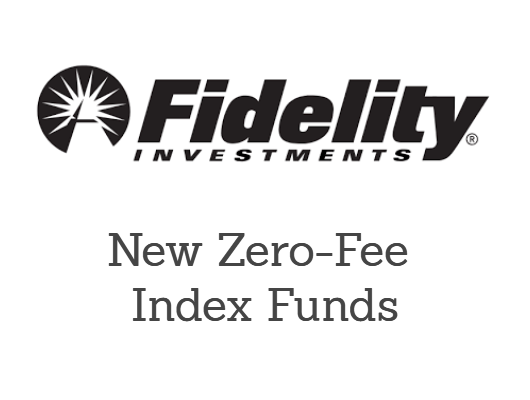 Most investors have made at least for a part a shift from active into passive investments. Exchange Traded Funds (ETFs) are part of many individual portfolios. Within the major trend of ETFs, there’s a sub trend visible: smart beta. Smart beta ETFs are products which track an alternative index and not the usual market capital based main indices. Think about iShares Select Dividend ETF versus the standard SPDR S&P 500 ETF. But are these funds not just a hidden active instrument?
Most investors have made at least for a part a shift from active into passive investments. Exchange Traded Funds (ETFs) are part of many individual portfolios. Within the major trend of ETFs, there’s a sub trend visible: smart beta. Smart beta ETFs are products which track an alternative index and not the usual market capital based main indices. Think about iShares Select Dividend ETF versus the standard SPDR S&P 500 ETF. But are these funds not just a hidden active instrument?
Rise of the beta
Within the ETF spectrum, smart beta funds experience a strong growth. During the last year, 200 new ETFs were launched in this category, bringing it to a total of approximately 850 as at end of Q2-2015 (source: Morningstar). Compared to a year earlier, worldwide assets under management (AUM) in this category grew with more than 25% to USD 497.3 billion. Roughly 90% of these AUM are invested in US-based smart beta ETFs. The larger part of the AUM are exposed to easy to understand strategies such as value or growth based, or dividend weighted allocation. For instance, the ‘Dividend screened/weighted’ category takes 31% of the smart beta market with USD 139.5bn AUM, with the ‘Growth’ category coming second with USD 106.7bn or 24% of smart beta dedicated AUM. Going the Buffet way, ‘Value’ ETFs finish third with 16%, or USD 70.6bn. Interestingly, the top 3 of smart beta providers take over 70% of the market (see picture below).
Going active?
One might wonder why smart beta ETFs are becoming so popular. Well, compared to actively managed mutual funds, these products have a clear cost advantage. The expense ratio is significantly below those of mutual funds, and is comparable to ‘normal’ ETFs. This is possible since the underlying shares in smart beta are not actively managed. Nevertheless one might wonder whether this type of ETFs are nothing more than a hybrid product. After all, the aim of smart beta is mostly to beat the market following a certain rationale. Investing in ‘Value’ ETFs implies that one believes companies within this category will show an outperformance compared to the broader market. In other words, one is pursuing a value-based strategy, exactly what a number of fund manager with a comparable mandate do. Investors should be aware that buying a smart beta automatically means that performance will defer from the broader market. Underperformance is possible.
Next to this, a number of smart beta ETFs are using arbitrary judgments in the construction of the underlying portfolio. Certain allocation criteria may be implemented to avoid sector overweight etc. As the WSJ notes, allocation may differ widely from the S&P 500 index. This is illustrated by two iShares Dividend ETFs who have significantly more exposure to the energy sector than the broad S&P 500 Index. With an increasing number of smart beta ETFs, selection for investors becomes more difficult. iShares even offers a third dividend-based ETF. Can we still speak of passive investments within a product range were the composition is moving away from tracking a certain market, but instead installs certain criteria? Where does ‘passively’ tracking a rule based strategy end and active management with predefined criteria start?
Additional homework
With a wide range of smart beta ETFs, we might be close to a point where the basic premise of tracking the market is no longer valid. That means the ETF market moves closer to the mutual fund spectrum in a way which might not meet the wishes of a private investor. Apart from higher expense ratios, as a group mutual funds are criticized because of their inability to beat the market. With smart beta funds moving away from tracking the broader market, market performance is ruled out. That means individual investors should do additional homework when picking a smart beta ETF. As a result, smart beta is not for everyone a good alternative.

